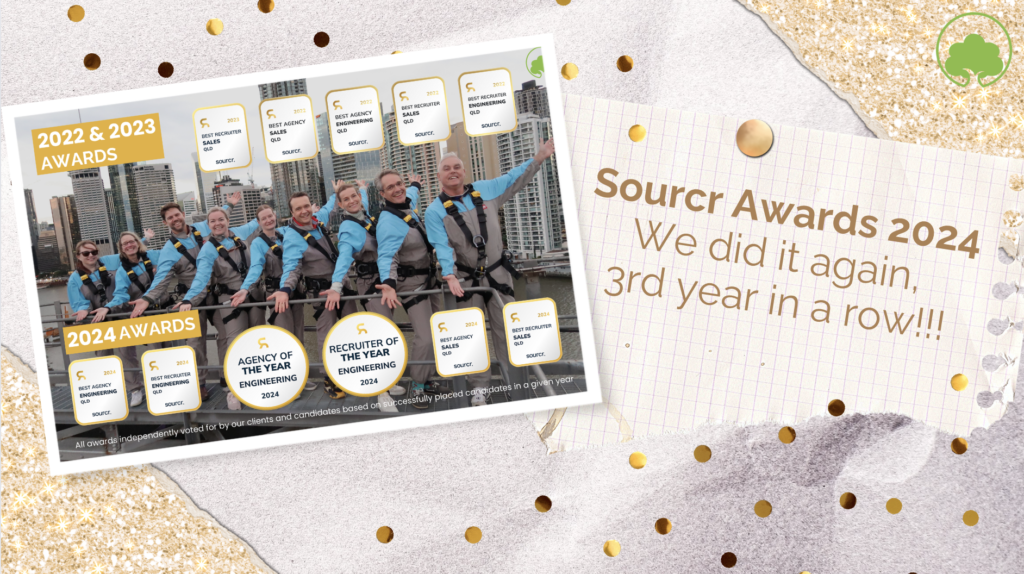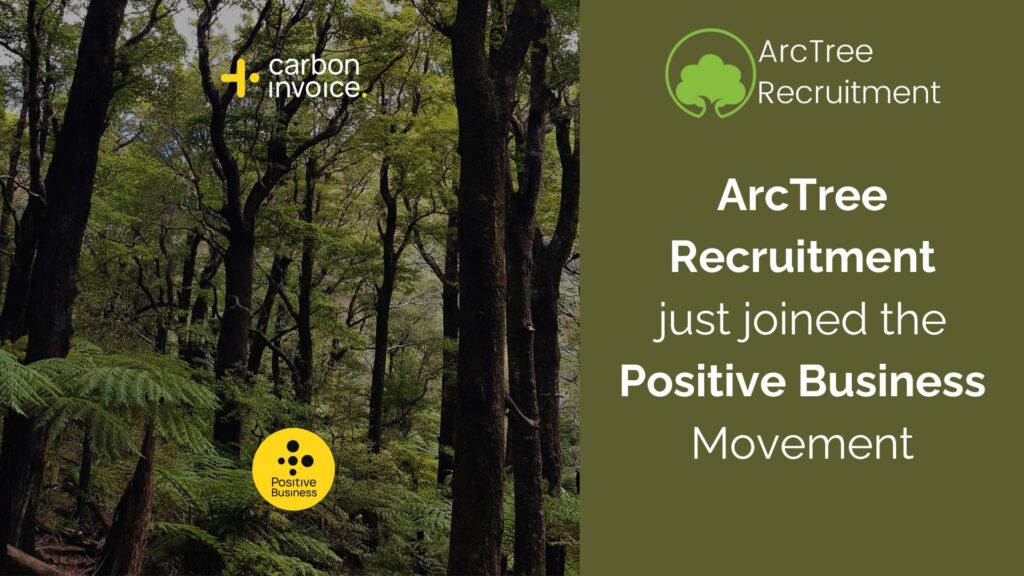By Meghan M. Biro
We’ve been listening to the buzz around Big Data and Talent Analytics for a couple of years now. It was nearly a year to the day that I wrote about why Big Data is HR’s new BFF. It has a lot of potential, Cloud-sized trove of information that, with the right algorithms and filters – can be turned into actionable insight.
The existence of these new streams of verifiable information about potential hires adds a hefty dose of science to one facet of business that, surprisingly, has often felt like more like an art. Sure, the resume looks great and the interview was a standout. “Star player” one recruiter claims, “I can feel it in my gut.”
Think about it – sports have traditionally mixed stats with that sixth sense. Those winning World Cup teams? Hard numbers helped build those rosters: noone’s gotten to be a star midfielder or striker without awesome stats, one of the original forms of Talent Analytics, when you think about it. It’s time the World of Work catches catch up.
I’m not saying ditch the intangibles altogether. HR is all about humans — with so many different behaviors, skills, intelligence, and mindsets that you can’t simply quantify someone. But Talent Analytics can do a whole lot of the heavy lifting. You just have to know how to use it.
• Talent analytics uses data in management decisions, be it in talent acquisition, retention, placement, promotion, compensation, or workforce and succession planning.
• It has the capacity to be a powerful descriptive tool, looking at past performance and information to enable strategic change. Josh Bersin described the astonishing revelations a company had after performing a statistical analysis of sales productivity and turnover. The data showed that old indicators (such as GPA and education) were far less critical to performance and retention than factors like experience selling big-ticket items, for instance. When the data was implements into the recruiting process, the company grew by $4 M in the very next fiscal period.
• It’s an incredible predictive tool, a trustworthy future-caster, HR’s own crystal ball
By analyzing the skills and attributes of high performers in the present, it enables organizations to build a template for future hires. As my neighbor here in Cambridge MA Greta Roberts notes, predictive talent analytics is much more useful, because it asks questions in order to change the outcome, not reflect on it. What will our attrition rate be this year? Who may leave the company? What can we do to reduce that turnover?
• By its nature Talent Analytics is democratic: merit may well trump a fancy education, skills may supersede proximity, and remember those apparently intangible aspects, like social skills, flexibility, emotional intelligence, initiative, attitude,? They are now measurables. Just look at Google HR division devoted to people analytics, and massive, global sites like LinkedIn , a gold mine for HR.
• Advanced software algorithms can identify talent and match it to an organization’s needs, pinpointing team players based on core traits and personality matching, making it an effective method for taking care of costly and time-consuming preliminary screening.
• It’s mobile. Everything’s mobile. Your talent acquisition strategies had better be, too. New mobile apps make talent searches a matter of anytime and anywhere, including red-flag identifiers, an efficient way to handle the increasingly global and social nature of hires.
• It’s growing. The market for corporate talent management software grew by 17% in 2013, and is now over $5 billion in size. Gartner predicts that the market for Big Data and analytics will generate $3.7 Trillion in products and services and generate 4.4 million new jobs by 2015.
That buzz? We can still hear it, loud and strong. Maybe it’s time to sing along.











